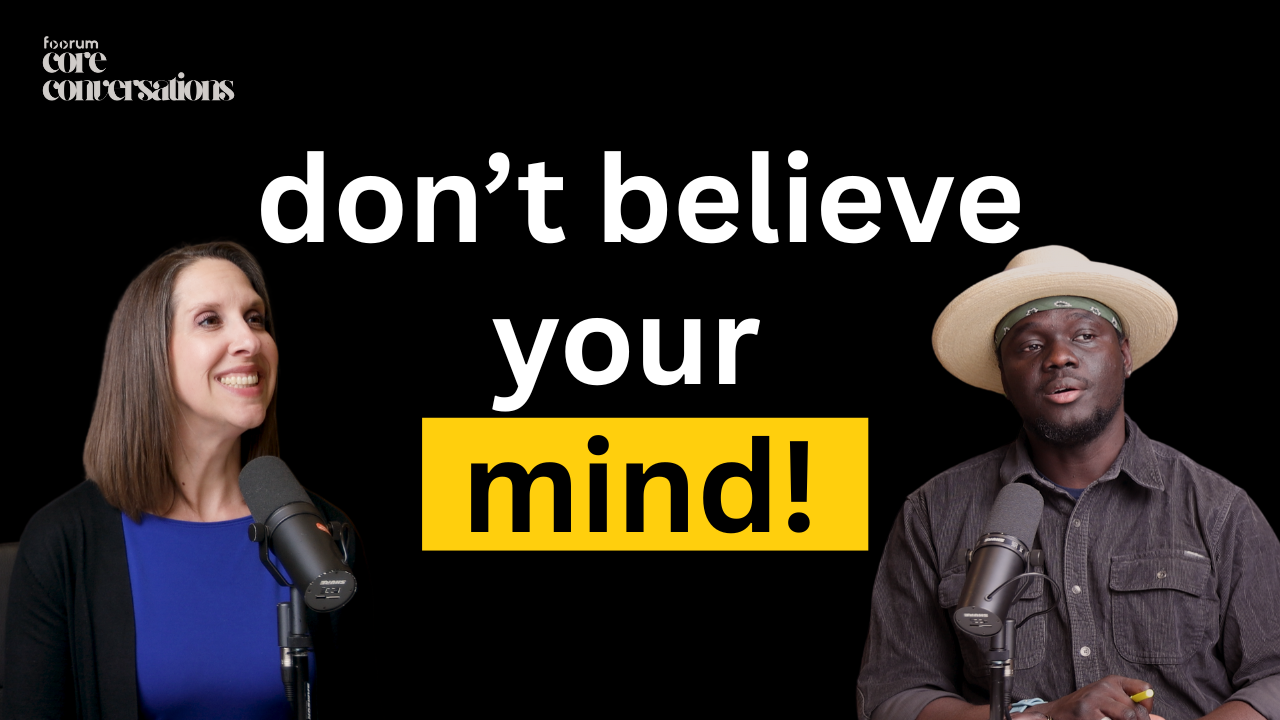Access to mental health care remains a significant challenge despite growing awareness of the importance of mental well-being.
Clinicians are at the forefront of this issue, working to bridge the gap between the growing demand for mental health services and the barriers that prevent many people from receiving adequate care.
This article will delve into key strategies clinicians can implement to expand access to mental health care, focusing on the latest trends, technologies, and emerging models of care.
1. Understanding the Barriers to Mental Health Care Access
Before clinicians can implement strategies to expand access, it’s crucial to understand the common barriers that patients face:
- Geographic Barriers: Many individuals live in rural or underserved areas where access to mental health providers is limited.
In the U.S., there are over 6,000 Mental Health Professional Shortage Areas (HPSAs), affecting millions of people. - Cost of Care: Mental health services can be expensive, with therapy sessions often costing between $100 to $250 per hour.
Even with insurance, out-of-pocket costs can be high. - Stigma: Mental health stigma continues to be a significant deterrent for people seeking care, especially in certain cultural or socioeconomic groups.
- Wait Times: Long wait times to see a mental health professional can deter patients from getting the care they need, particularly in areas with a shortage of providers.
As a clinician, understanding these barriers helps in developing effective strategies that meet patients where they are and offer more accessible solutions.
2. Leveraging Teletherapy to Expand Access
Teletherapy has emerged as a game-changer in the world of mental health care, allowing clinicians to provide services remotely.
This approach addresses many of the barriers mentioned above, particularly for patients in rural or underserved areas.
Benefits of Teletherapy:
- Increased Accessibility: Teletherapy removes geographic barriers, making mental health care more accessible to patients who may not have a provider nearby.
Patients can access care from the comfort of their homes, reducing the need for travel. - Cost-Effective: Virtual therapy sessions are often less expensive than in-person appointments, and many insurance providers have expanded coverage to include teletherapy.
- Reduced Wait Times: With teletherapy, clinicians can offer flexible appointment times, reducing the long wait times often associated with traditional, in-office therapy.
How Clinicians Can Implement Teletherapy:
- Choose a Telehealth Platform: Clinicians should select a telehealth platform that complies with HIPAA regulations and offers a user-friendly experience for both providers and patients. Platforms like Doxy.me and SimplePractice have gained popularity for their ease of use and compliance with privacy standards.
- Incorporate Teletherapy into Your Practice: Teletherapy can be integrated into a hybrid model of care, where patients have the option of attending sessions virtually or in person. This flexibility can improve patient satisfaction and retention.
- Educate Patients: Many patients may be hesitant to try teletherapy due to unfamiliarity with the technology. Clinicians can provide clear instructions and reassurances to help patients feel comfortable with virtual appointments.
For a deeper dive into how teletherapy is transforming mental health access, check out our comprehensive guide to teletherapy.
3. Community-Based Mental Health Programs
Another key strategy for expanding access to care is community-based mental health programs.
These programs focus on providing mental health services directly within communities, making care more accessible and reducing the stigma associated with seeking help.
Benefits of Community-Based Programs:
- Accessibility: By bringing services directly to schools, workplaces, and community centers, clinicians can reach people who might not otherwise seek help.
- Cultural Competency: Community-based programs can be tailored to meet the specific cultural and social needs of the community, improving engagement and outcomes.
- Crisis Intervention: Community mental health programs can offer immediate support during crises, providing timely interventions and reducing the need for hospitalization.
How Clinicians Can Get Involved:
- Partner with Local Organizations: Clinicians can partner with schools, workplaces, and community centers to provide mental health services.
Offering group therapy sessions, workshops, or drop-in counseling can help normalize mental health care within the community. - Mobile Clinics: Some community-based programs involve mobile clinics, which bring mental health professionals to remote or underserved areas.
Clinicians can volunteer or collaborate with these programs to expand their reach.
For more information on how community-based programs are improving mental health access, visit our in-depth article on community mental health.
4. The Role of Mental Health Technology
Technology is playing a critical role in making mental health care more accessible. From mental health apps to AI-powered tools, technology is helping clinicians reach more patients and provide personalized care.
Benefits of Mental Health Technology:
- On-Demand Support: Apps like Headspace, Calm, and Woebot provide users with instant access to mental health resources, including guided meditations, cognitive behavioral therapy (CBT) exercises, and mental health assessments.
- Efficient Practice Management: Platforms like SimplePractice streamline administrative tasks for clinicians, making it easier to manage appointments, billing, and client records in one place.
This allows providers to focus more on delivering quality care rather than paperwork. - Increased Accessibility: Telehealth platforms, such as SimplePractice, also offer integrated video therapy options, enabling remote consultations for patients, regardless of their location.
- Supplemental Care: Mental health apps can supplement traditional therapy, offering ongoing support between sessions and helping patients track their progress.
- Personalized Care: AI-driven tools can analyze patient data to provide personalized care recommendations, helping clinicians tailor their treatment plans more effectively.
How Clinicians Can Integrate Technology:
- Recommend Mental Health Apps: Clinicians can recommend mental health apps as a complement to therapy.
These apps can provide patients with tools to manage stress, anxiety, and depression in real-time. - Use AI Tools for Data Analysis: AI-driven platforms can help clinicians analyze patient data, such as mood tracking and therapy outcomes, to make more informed decisions about treatment.
For more insights on how technology is transforming mental health care, explore our article on mental health apps and technology.
5. Integrated Care Models: A Holistic Approach
Integrated care models combine mental and physical health care, ensuring that patients receive comprehensive care in one place.
This approach is particularly effective for individuals with co-occurring mental and physical health conditions.
Benefits of Integrated Care:
- Holistic Care: Integrated care models provide a more holistic approach to health, addressing both mental and physical health needs.
This is especially important for patients with chronic conditions like diabetes, heart disease, or chronic pain, where mental health can significantly impact physical health outcomes. - Improved Coordination: Clinicians can collaborate with other healthcare providers, ensuring that patients receive coordinated and continuous care. This can lead to better outcomes and reduced hospitalizations.
- Increased Access: By incorporating mental health services into primary care settings, clinicians can reach more patients, especially those who might not seek out mental health care on their own.
How Clinicians Can Adopt Integrated Care:
- Collaborate with Primary Care Providers: Clinicians can partner with primary care providers to offer mental health screenings, referrals, and ongoing care within the same healthcare system.
- Use the Collaborative Care Model: The Collaborative Care Model is an evidence-based approach to integrated care that brings together primary care providers, mental health professionals, and care managers to treat patients holistically.
For more details on integrated care models, read our guide on integrated mental health care.
6. Cultural Competency in Mental Health Care
Cultural competency is essential in providing effective mental health care to diverse populations.
Different cultural groups experience mental health in unique ways, and clinicians need to be sensitive to these differences to provide appropriate care.
Why Cultural Competency Matters:
- Improves Engagement: Patients are more likely to engage in therapy when their provider understands and respects their cultural background.
- Reduces Stigma: In some cultures, mental health carries a significant stigma. Culturally competent clinicians can help reduce this stigma by addressing mental health in a way that aligns with the patient’s values and beliefs.
How Clinicians Can Build Cultural Competency:
- Ongoing Training: Clinicians should seek out training in cultural competency to better understand the diverse populations they serve.
- Tailored Care: Clinicians can tailor their approach to each patient, taking into account their cultural background, language, and experiences.
To explore how cultural competency can improve mental health outcomes, visit our article on culturally competent mental health care.
As clinicians, expanding access to mental health care is both a responsibility and an opportunity to improve the well-being of individuals and communities. By leveraging teletherapy, community-based programs, technology, integrated care models, and cultural competency, clinicians can break down barriers and provide more accessible, effective care.























